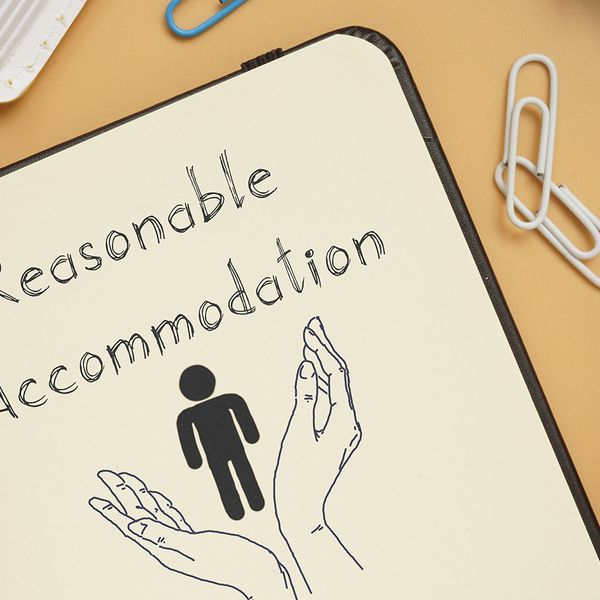ADA — Are allergies a disability?
The U.S. Centers for Disease Control and Prevention (CDC), estimates that more than 50 million Americans have allergies. Does that mean that all those people have disabilities under the Americans with Disabilities Act (ADA)? No.
Whether allergies are disabilities depends upon whether the allergies result in an impairment that substantially limits one or more major life activities.
Allergies and the ADA are nothing to sneeze at
In the workplace, employees suffering with allergies (or another ailment) are protected by the ADA if they have a record of such an impairment, or are regarded as having an impairment that is:
- Not minor, and
- Lasts six months or less.
An allergy is an abnormal response by the immune system to an exposure to an allergen. Allergies come in many shapes and forms, including anaphylaxis, respiratory allergies, food allergies, skin allergies, and allergic asthma.
So, how do you determine if an employee with allergies is protected by the ADA? First off, chances are, you won’t even know if an employee has allergies unless the employee asks for a workplace change (i.e., an accommodation) because of the condition. When that happens, your ADA obligations are triggered.
Interactive process
As with any request for a workplace change due to a medical condition, you are to engage in an interactive process with the employee. The focus should be on identifying an effective accommodation. One of the first questions might be simply, “How can we help you?” Other questions to consider include the following:
- What is the specific allergen?
- How is the allergy triggered?
- What limitations are you experiencing?
- How do these limitations affect you and your job performance?
- What specific job tasks are problematic because of these limitations?
If the condition or need for accommodation are not obvious, you may, as part of the interactive process, ask for medical information regarding the employee’s limitations. You then look at those limitations in relation to the job’s essential functions and identify the barriers. Finally, you look for an accommodation that would diminish or eliminate the barriers.
You want to also ask yourself:
- What accommodations are available to reduce or eliminate these problems?
- Are all possible resources being used to determine possible accommodations?
Accommodations
People with allergies have various limitations, depending on the type and severity of the allergy. Therefore, effective accommodations will vary; there is no one-size-fits-all solution.
Possible accommodations might involve the following:
- Removing the allergen — If you know the allergen and can remove it, do so. If, for example, an employee has an allergy to citrus, a policy requiring all employees to keep citrus out of the area could help.
- Moving the employee — If you are unable to remove the allergen, maybe the employee can be removed from the environment with the allergen. Working from home, for example, could be a solution.
- Reducing exposure — If you are unable to remove the allergen or move the employee, perhaps improving ventilation or allowing the employee to wear a mask or respirator.
Accommodation ideas are roughly limited only by the imagination. In talking to the employee, find out what tasks are causing problems, what the problems are, and do some problem solving.
Don’t be afraid to try out an accommodation to see if it is effective, and document all actions taken. If it works, great! If not, you and the employee can discuss other options and try other solutions.
Key to remember: Not all allergies are disabilities, but you won’t know if one is until you take some steps, including talking to the employee about the limitations the condition presents.





















































